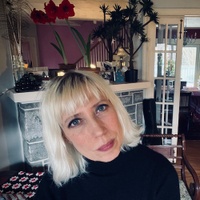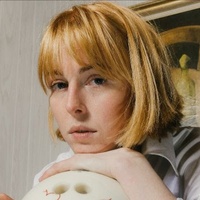On leaving room for magic
Prelude
Nathaniel Russell was born and raised in Indiana. After college, Russell spent several years in the San Francisco Bay Area making posters, record covers, and woodcuts. He currently lives and works in Indianapolis. His work can be seen around the world in traditional galleries and informal spaces and in his many book and album cover designs, as illustrations for the New York Times and a viral series of fake flier projects.
Conversation
On leaving room for magic
Visual artist and musician Nathaniel Russell discusses taking risks, accepting your shortcomings, being present in the moment, and what you can learn from repetition.
As told to Jeffrey Silverstein, 3082 words.
Tags: Art, Music, Education, Process, Inspiration, Multi-tasking, Business, Money.
There was an “a-ha” moment for you during a printmaking class in college. What did your teacher do that made you feel heard/seen?
I don’t think it was one moment, but a series. I had this teacher, David Johnson. He retired last year and I’m still in touch with him. He was a legitimate weirdo, but very funny. What he exposed me to was this world of people who made art that you’re not going to see in Artforum. You’re not going to see them in a big white-wall gallery, but they’re making important work. I ran with that. It was parallel to the kind of music I was into.
The printmaking room smelled like ink and oil. It wasn’t this romantic or conceptual thing, it was a workshop. You’d go in there late at night, just you and a couple other dudes, listening to John Coltrane records and working on a lithograph. It’s just a vibe. There was a feeling that these are my people, I had found them.
You had a visual.
That’s what’s important to see, someone setting an example. He was always making work. You could see how important drawing was to him. You wanted to keep up.
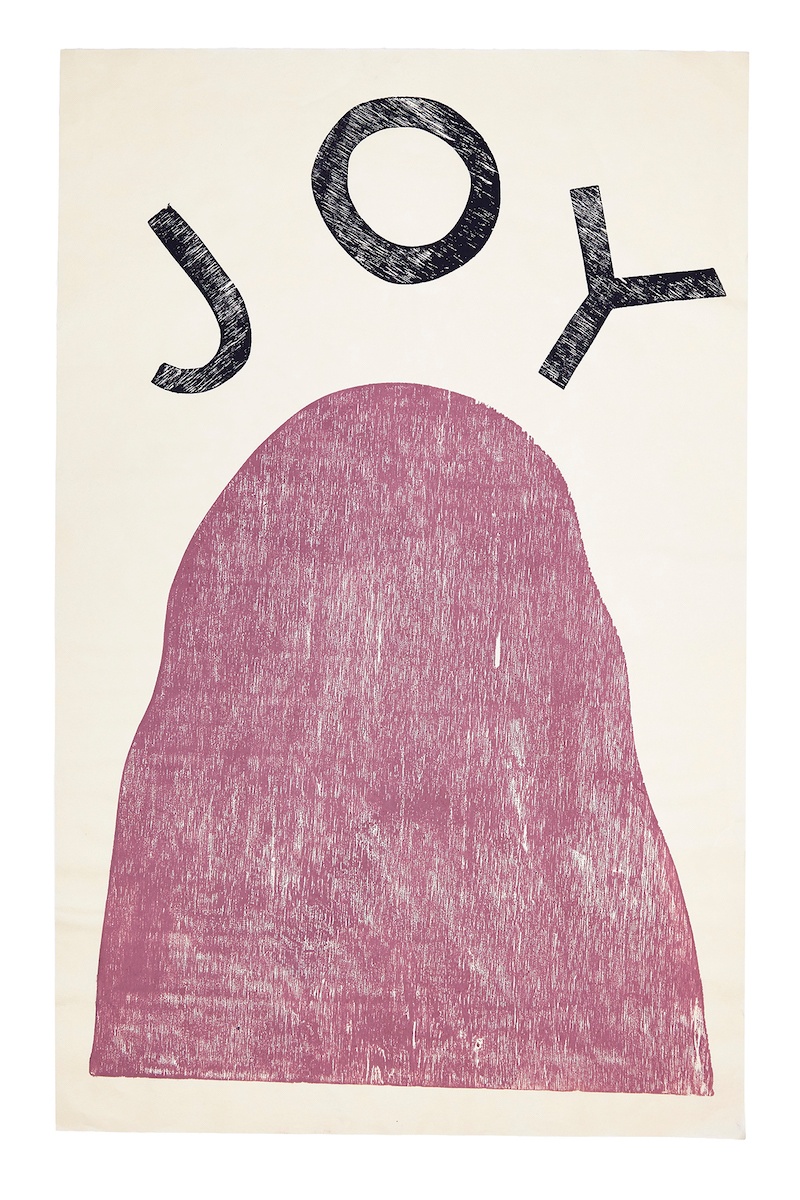
You’ve taught a handful of workshops and classes. Do you have a teaching philosophy?
The first several, I was in over my head and bullshitted my way into. I want to level the playing field and demonstrate that I don’t think anybody knows what they’re doing. There’s people that do things for a long time and have some things figured out, but we’re all just trying to make stuff. I try to eliminate that hierarchy and shine a light on the bigger picture—this is some of the most important stuff to do with your life. You’re doing something creative, meaningful, and it feeds you. It fills your cup a bit.
At the same time, it doesn’t matter. None of this matters. Why be afraid to take a risk? Why be afraid to try something? If you fail or you look stupid, who cares? It doesn’t matter. We’re all going to be dust any minute.
What did finding art, music, etc. look like for you as a kid?
It was just me and my mom for the most part. I saw my dad a lot, everybody’s cool. I had a lot of alone time. I’m a classic latchkey kid—watching everything that’s on HBO this summer, every music video. But I’m also outdoors with my friends, hanging out behind shopping malls, going to newsstands and absorbing any and all pre-internet information. Pulling on those threads, seeing where they come up.
It’s like opening a skateboarding magazine. What’s this band called fIREHOSE? Why is the F little in the name? What does that mean? My parents are super cool. Mom was very, “Do whatever. I’ll drive you to that skateboard contest. I’ll let you go to that concert.” She would take me to movies every weekend. We kind of lived like roommates.
My uncle, my dad’s younger brother, lived in Texas but was this cool figure to me. He had long hair, a beard, and could draw well. There’s this cool pen and ink drawing he had up at my grandma’s house. He did cartoons, could do a handstand on his skateboard, just thought he was the coolest.

You were drawn to skate companies with consistency of look and feel. How do you carry that into your own work?
For me it’s like throwing Scrabble letters on a board. You dump the bucket out, some things resonate and repeat. I have recognized things I’ve done that continue to resonate with me, or that continue to ring that bell.
For a long time I tried to separate visual art and playing songs. That’s the dumbest thing you could do. I realized how words respond to drawings, how they’re all one thing. You can make a drawing the name of a song, or vice versa. I’ve discovered my personal themes. Again, threads that I keep wanting to pull on. They’ve snaked through all the way back to college, or before.
It’s identifying threads and then digging a little deeper, taking them further. It’s a discovery process I wasn’t able to put my finger on until recently. Sort of like carving yourself out of a big block of stone, it starts to reveal itself bit by bit.
This makes me think of other musicians/visual artists (Michael Hurley, John Andrews) who use recurring characters. Do you have these?
I’m a big fan of those artists. Another great one is Kyle Field. I’m biased, he’s a good friend, but he’s also one of my favorite artists on Earth. The way he can push themes and characters into song, onto paper, and through his worlds while they continue to resonate and grow. With Hurley, there’s Snock. I don’t have a Snock, but I have icons that keep coming back. Whether it’s a figure, a bird, or a hand. Sometimes that boils down to, “Oh, this is something I like to draw.” That’s true, but there’s another reason I don’t have my finger on yet. That’s good because I can continue to circle it and see what pops up.
There are songs you want to sing all the time. I used to beat myself up about it. “I think I’ve probably already drawn this.” I’m like, “Who cares? I want to draw it again. Maybe it’ll be different or cooler. I want to keep drawing it and see. It feels good. I think about art through the prism of music constantly. That’s the way it makes sense to me. I want to sing that song or paint that picture again.
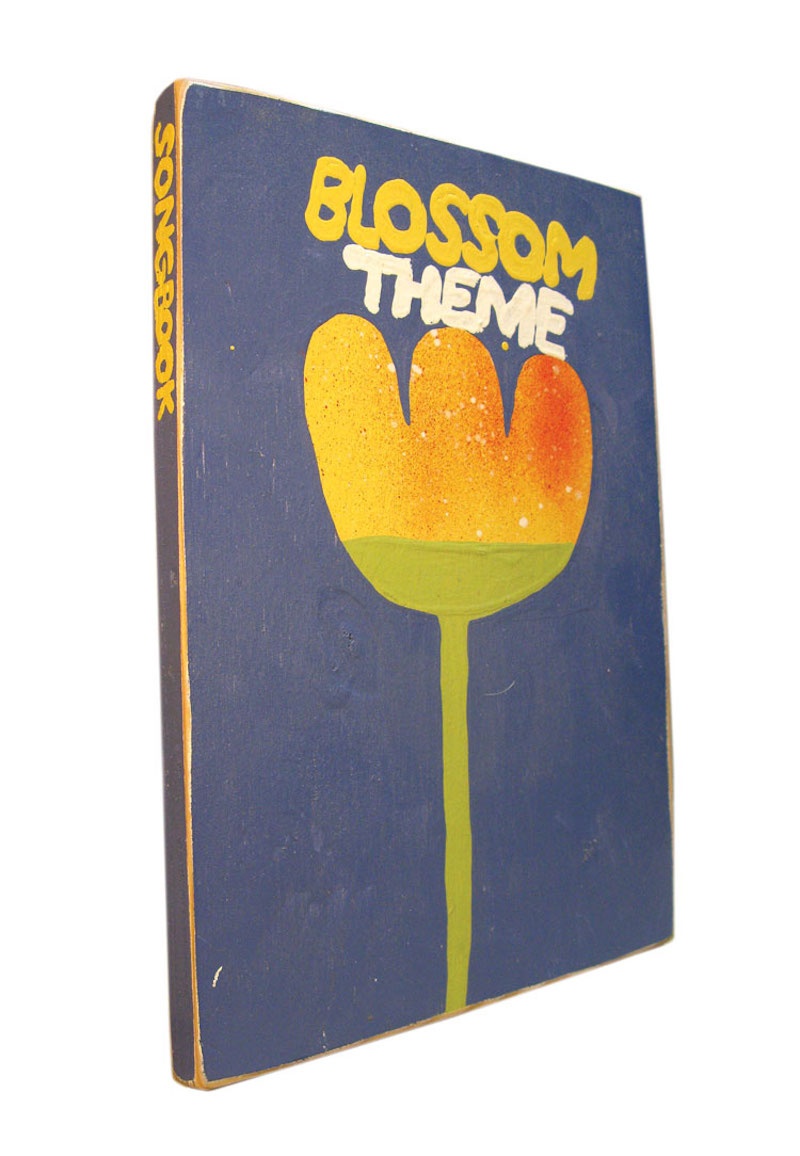
How do you balance being prepared while leaving room for magic?
This is something I’ve thought about a lot recently. I have poor study habits. All through school I was not great at studying. I would try to cram at the last minute and procrastinate. I’d never have anything done early. It’s something I’ve been doing my whole life. Something I’m not a fan of about myself. I end up doing a lot right before it’s due. I’ve got to this point where I’ve accepted that it’s part of who I am, that’s my process.
How can I use this? How can I accept this in a way that benefits the art, and to surprise myself? I want to make something that’s exciting to me. A lot of it comes to, “Okay, I’m going to set up a scenario, build this structure.” Sometimes figuratively, sometimes literally. I’m going to do this setup to get to a point where now I just have to pull this shit off. I’m going to think about it while I’m making the physical structure. When it comes down to it, the art show is not planned. I don’t know what it’s going to be until it’s there.
I used to feel self-conscious and beat myself up about it. All of those skate bowls and big murals, it’s me in the hotel with a giant coffee the morning of, being like, “What am I going to do?” I’ll look through old sketchbooks. Then, “Okay, I guess this is it.” Just going for it. I used to joke like, “Oh man, it’s like jazz. Miles Davis did four records in one day. I can do this.” In the meantime, I’m in my head like, “Oh, you’re the biggest piece of shit. You suck.”
I’m not the best at anything, but I’m comfortable with the way I use a paintbrush or pencil, the way I draw a picture. I like to create an opportunity, book studio time and then, “All right, let’s go.” See what happens. When it works it feels awesome. I’ve had times where it doesn’t, but that goes with it.
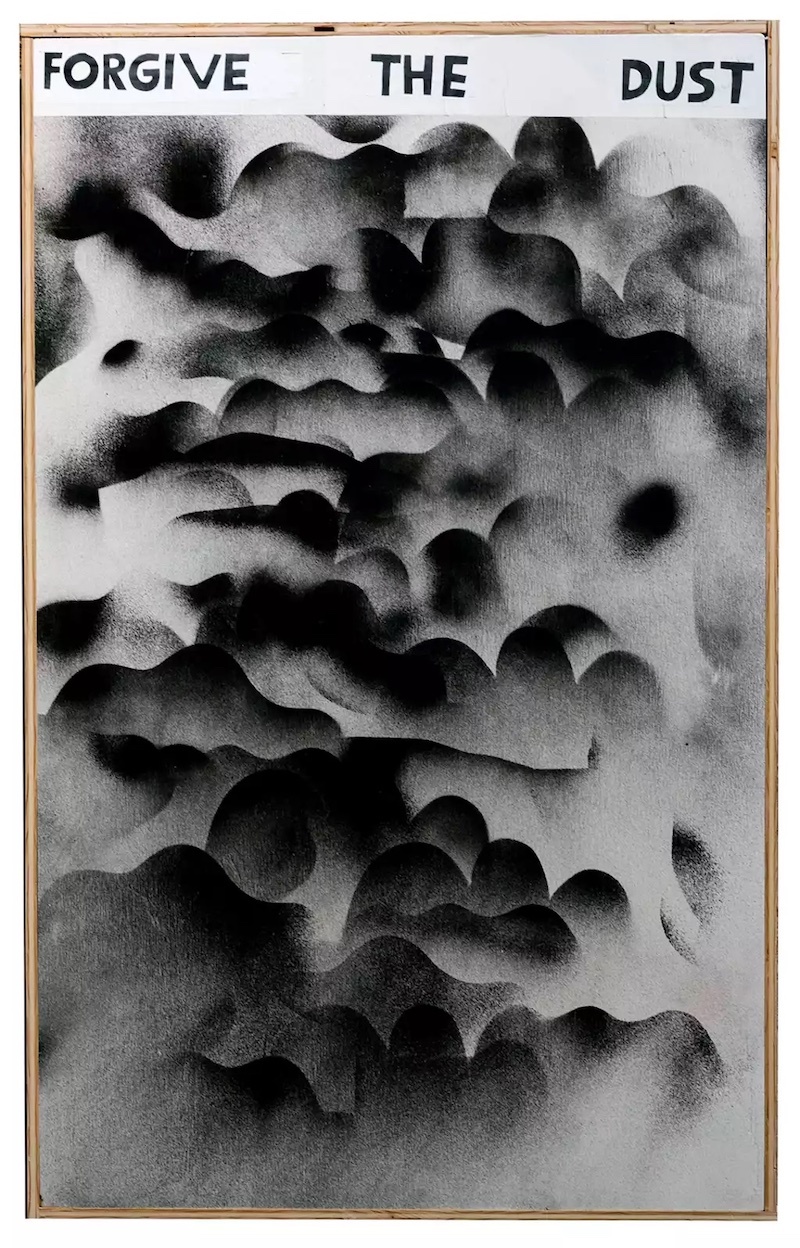
You’ve gone from a place of frustration to acceptance.
I feel like I’m doing all right. I’ve made it this far. I’m not doing it in spite of myself. Sometimes maybe. Maybe it’s all helping. It’s not to say it’s the only way, but at least I’m able to enjoy it now.
It’s cool to know you’re on a path at all.
Have you read that book of Will Oldham interviews?
Yes, one of my favorites.
The theme of that book is trying to catch that energy, to be in that moment. That’s one way to be in that moment—get it all set up. The studio’s ready, paints and brushes are clean, now go.
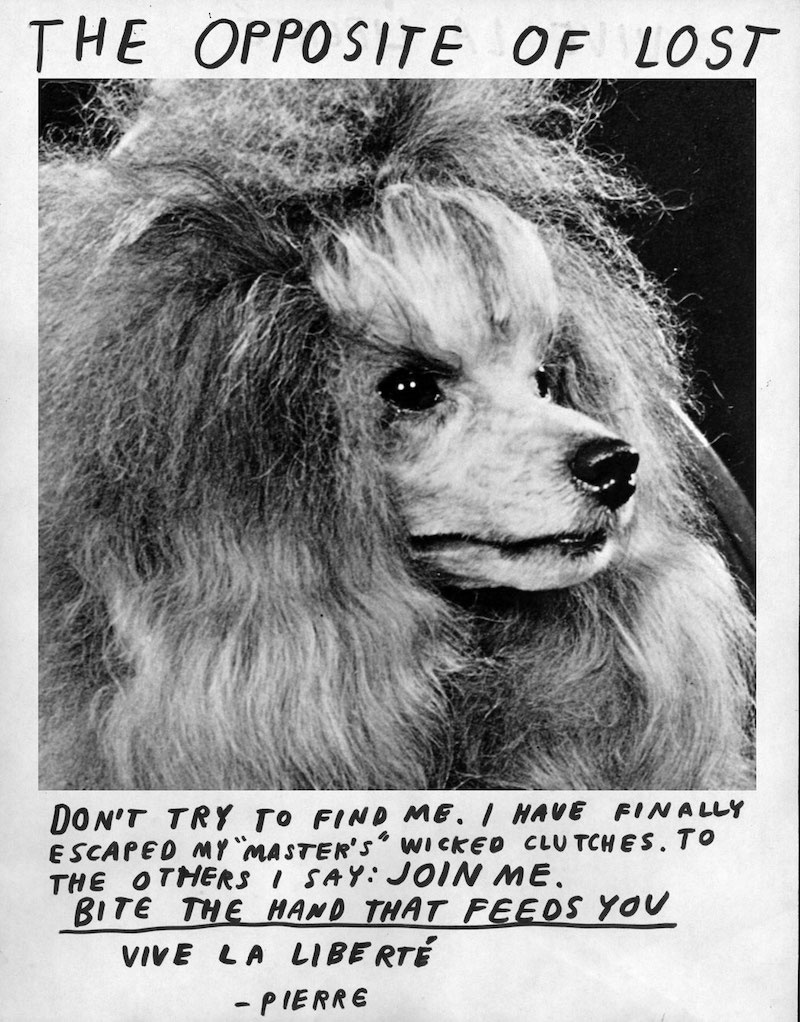
What are non art-based activities that help you form ideas? How do you keep track of them?
My life is different now than it was 15 years ago. Where I live, family responsibilities, my lifestyle. When I was living in San Francisco and Oakland, I walked everywhere. I didn’t have a car. I was on my feet, walking with headphones a couple hours a day. Sitting on the BART train looking out the window I always had a little notebook with me. There’s drawings in there, but mostly words or titles. That hasn’t changed. I try hard like, “Oh, I’m going to put an app on the phone and do my notes and I’ll put them on the cloud. But I can’t, man. I have five or six half finished notebooks that I lose and find again. I write down things on scraps of paper, try to remember them, and send text messages to myself.
I still like to go skateboarding, but I do it in an old man style at this point. I go to the skate park early in the morning, cruise around and hit curbs. It’s a way to put myself in my body. Gets your heart rate up and takes the edge off. It’s why people go surfing until they’re 80. Some days it’s drinking a bunch of coffee, going for a walk, and listening to music. Trying not to look at the internet. Read books, that’s about it.
How do you determine whether or not to take on a larger commercial project?
Many times it comes down to what mood I’m in when I read/answer the email. I don’t always handle things in the most professional manner. Of course I don’t want to work for Shell Oil or to promote a Tesla. I take illustration and design jobs that are exciting and interesting to me - where I’m being compensated fairly, hopefully generously. Ones where I don’t have a problem with the company. Sometimes I’ll regret it or feel weird about it later. Sometimes I do things for nothing for another artist, and sometimes it’s just not a good fit.
I’m pretty good at knowing if something’s going to feel good or not. If it’s a huge company I’ll go big on the quote. That’s the tax for being a giant company. I’ve got to make a living. But if I’m going to live with myself, at least I can pay my mortgage for a few months. Most of the time they’re like, “No, we can get someone in-house.” That’s honestly a relief most of the time.
It can take work to have joy stay in the equation.
That’s the eternal struggle. We live in this capitalistic society. The dream is to make your art the way you want to make it. I wish I could make my art and not have to be a salesman, not have to take people’s money. When business mixes with art, it’s always lame. It takes something away.
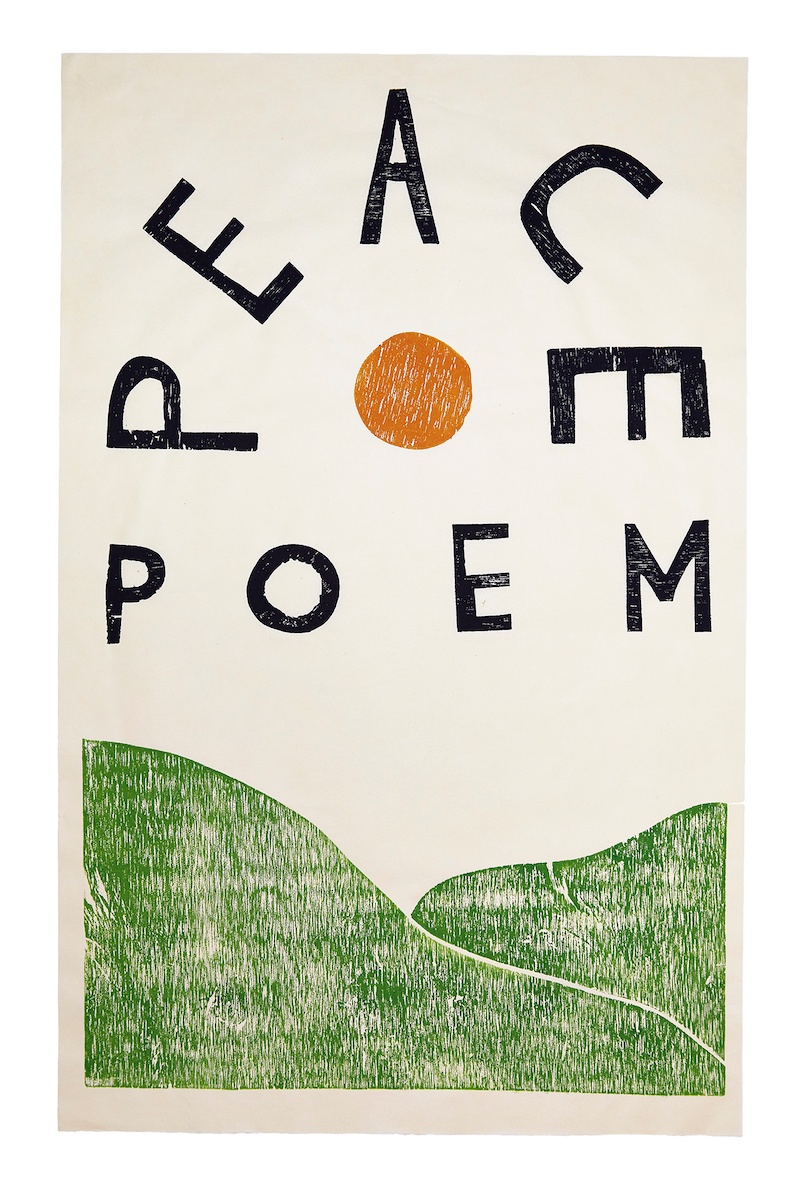
Do you see Instagram as a positive tool?
Before Instagram, I had a blog I kept for several years. I started it because I could not find time to build a website. Instagram was a way to share work efficiently and instantly. There’s a feedback loop that you can get stuck inside of. I’ve noticed it’s changed and I don’t understand it. I intentionally don’t explore it because it’s daunting to me.
It’s as good as you make it. If you want it to be important in your life, you can do that. If you want to work that program, you can make it work. I know people who make their living off it. I like getting positive feedback, sharing things with people, and people connecting with my work. It’s a good way to make announcements to people that are my people. I try not to trip out about it. I don’t have the psychological bandwidth or energy for that. Maybe I’m missing out. Maybe I’m letting an opportunity pass me by.
It also can make people feel like they have to be great at something right away.
Absolutely. For a long time all I wanted was to make skateboards. I have the rejection letters to prove it. I was in my late 30s when I got my first one. Kyle was the one who was like, “Hey, will you do it?” I was so pumped. After that it took many, many years, to get to a point where someone’s calling like, “Oh, do you want to make some OJ II wheels?” It’s also great to be detached from it. I’m no longer the nervous fanboy. I have enough scar tissue built up where I’m not going to be heartbroken if something doesn’t happen.
I have so much gratitude to be able to check that off the list. I met people that were important to me growing up and shaped the way I approached things. I realized they’re just normal goofballs like me. This pedestal you put them on is not real.
Where does making music enter the equation?
I’m always shocked and flattered when anyone recognizes me from music. I get into this repetition, rediscovering songs I made up over the years that still resonate. Hearing them within a new context, how they relate to other things I’m working on.
I was going to do some artwork and stage design at this festival in New Hampshire. They’re like, “Oh, we can get you more money if you want to play the show, too.” And I was like, “Yeah, sure.” Again, I’m creating this structure. I’m creating this moment to make it work. Now I get to play midday at this festival with musicians that are part of my DNA. I don’t know what the stage backdrop is going to look like or how this set is going to go, but I’m going to set the stage so I have the chance to figure it out. A chance to articulate and present something, be in that moment. I’m really excited.
You’re giving yourself permission.
I’ve absorbed and taken in all these other works. They’ve enriched my life. Now what is my part? Nobody needs to hear another thing that sounds exactly like the thing you want it to sound like. What does my thing sound or look like? It’s all connected. It’s about a sense of self, scraping away the top layers to see what’s there. If you do it right, there’s going to be a pleasant discovery. If you’ve been honest with yourself and released yourself of expectations, just allow it to come out. That’s what we’re talking about with other artists, skateboarders, and musicians that we talk to. They’re willing to eat shit. It’s a beautiful demonstration of the human spirit.
Nathaniel Russell Recommends:
Joan Brown at SFMOMA. I couldn’t go see this exhibit because I don’t live in the bay area any more but I bought the book and it is a real treasure. She is one of my favorite painters and thing-makers. They put the telephone from her studio in the exhibit and I think that is important.
The McCartney Legacy Volume 1 1969-1973. I love reading books about people making music and records. I think about a lot of the work I make through the prism of songs and albums. I love Wings and solo Paul McCartney and how goofy and improvisational it all seemed sometimes. It’s a good reminder that nobody really knows how to do it. This book also does not gloss over the cornball bits and it makes you wonder: who is the real cornball here? is it him or is it me? Maybe I need to open my heart and mind to some goofball shit and enjoy myself.
Johanna St. Clair “The Thicket” at Gallery 16 in San Francisco. Another art show I couldn’t make it to but have to observe vicariously through social media and the world wide web. Just a short walk down 2nd from the Joan Brown show, this is a meeting of two of my favorites: Johanna’s paintings and the people at Gallery 16. I have admired Johanna’s paintings for a long time and I am so glad she is filling up the space at G16: a supporter of artists and community for decades, of which I am proud to count myself a part. Johanna rips and the world must know.
Going swimming and then eating a sandwich. I am on a family trip to Florida while I write this and I have been in a swimming pool more in the last 5 days than the last 3 years. There is something about splashing around in the water for a couple hours and then making a sandwich and eating it in damp trunks that feels like being 10 years old. Tired and wet and unworried and letting the sun dry you off. What a gift!
“Tiger Trap” by Beat Happening. I’ve been really into this song the last few months. Sometimes I am barely even listening to it, just letting it kind of drone on in the background. It’s a longer song, too, which I always love. This would be a great song to listen to on a bike ride. Somebody should put it in a skate video, just like 7 minutes of pushing through neighborhoods and by a lake.
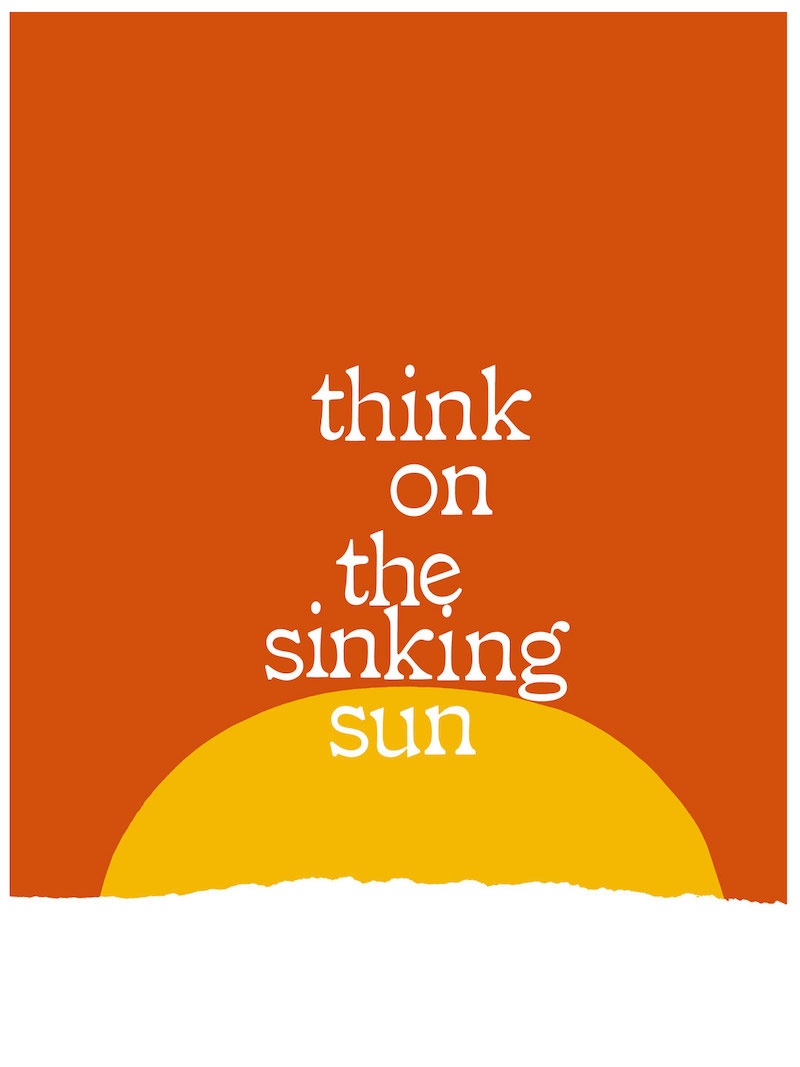
- Name
- Nathaniel Russell
- Vocation
- visual artist and musician
Some Things
Pagination
